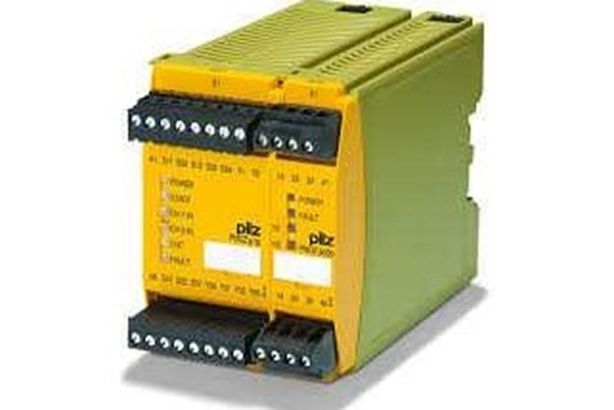
When we think about technology,
electricity is the biggest achievement of all. Electricity powers every device
in our homes and workplaces. Without electricity, every technological progression
and electronics will directly go to waste. We do not want our electronics to
stop working, but what if they malfunction because of electrical damage?
Electrical safety is an important
subject, and we need to take some necessary measures to protect electrical
systems. Relays are one of the
best ways to protect electrical systems and uncover potential issues
that might arise in the future.
Utilising protection relays in
electrical systems is important, but first, we must learn about it. In this
article, we will discover what relays are, their components and their working
principle.
What are Relays?
Relays are simple electromechanical
switches that control high-voltage electrical circuits with low-power signals.
They use an electromagnet to change the position of contacts, to open or close
a circuit. The process requires no manual effort and runs on an electrical
signal. Relays also provide electrical isolation between two circuits or
control a circuit remotely.
There are many types of relays, such
as electromechanical relays, solid-state relays, and reed relays. These devices
are employed in a wide variety of applications, including control circuits,
motor starters, and lighting systems. They are particularly useful for
controlling high-power devices that a low-power signal cannot directly control.
Components and Working Principle of Relays
Relays are electrical devices that
work by controlling high-voltage circuits with low-voltage signals. Their
working principle is based on electromagnetic induction, creating an
electromotive force (EMF) in a conductor when it is exposed to a changing
magnetic field.
The working principle of a relay
involves four primary components:
1. Coil: The coil generates
the magnetic field when a voltage is applied.
2. Armature: The armature is a
metal piece attracted to the magnetic field created by the coil. When the
magnetic field is strong enough, it pulls the armature towards it.
3. Contacts: The contacts open or
close the circuit. The movement of the armature causes the contacts to move,
either opening or closing the circuit.
4. Spring: The spring provides
the force required to open or close the contacts. When the magnetic field is
turned off, the spring returns the contacts to their original position.
In addition to these main components,
relays may include additional components, such as diodes, capacitors, and resistors.
How Do Relays Protect Electrical Systems?
The relay's primary function is to
protect the electrical system from damage. They act as the switch for opening
and closing a circuit in response to a signal from another device. Relays
protect the electrical systems by:
1. Controlling
the Flow of Electric Current: In case of a short circuit or overload, they
test the excess current and open the circuit to prevent damage.
2. Isolating
Electrical Systems from Other Parts of the System: When there is a
fault in part, they isolate it from the entire system. It prevents the damage
from spreading to the other parts.
3. Providing
Power Backup: In case of a power outage, relays identify the power
loss and switch to a backup power source. It ensures that the system remains
operational.
4. Protecting
Against Lightning Strikes: Lighting causes voltage spikes that can damage
the electrical system and appliances. Relays detect the voltage spikes and open
the circuit to prevent damage.
5. Ensuring
Proper Functioning: By controlling the electricity flow, isolating faulty
parts, providing power backup, and identifying voltage spikes, relays ensure proper
system functioning.
Use High-quality Relays for Better Protection
Using high-quality relays is
essential for ensuring the protection of your electrical systems. Investing in
reliable and durable relays prevents damage to your equipment, extends your
systems' lifespan, and avoids costly downtime.
Ensure you get the best quality electrical system with the highest
calibre protective relays to ensure a smooth and trouble-free electrical
service and consumption experience.